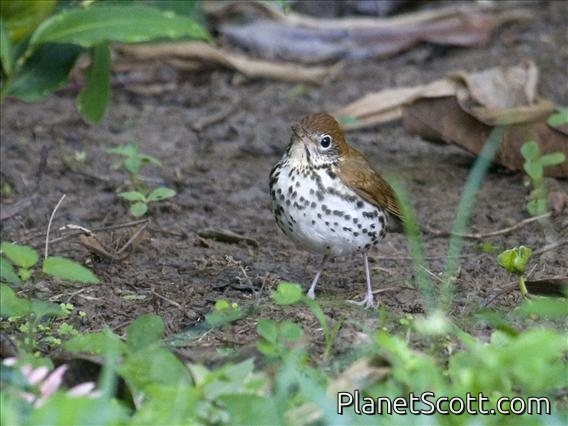Wood Thrush (Hylocichla mustelina)

Wood Thrush (Catharus mustelinus)
×


Wood Thrush (Catharus mustelinus)
About Wood Thrush (Hylocichla mustelina)
- Kingdom: Animals
- Phylum: Chordates
- Class: Birds
- Order: Perching Birds
- Family: Thrushes and Allies
The wood thrush is a North American passerine bird in the family Turdidae and is the only species placed in the genus Hylocichla. It is closely related to other thrushes such as the American robin and is widely distributed across North America, wintering in Central America and southern Mexico. The wood thrush is the official bird of the District of Columbia.
Source: Wikipedia
Lifelists
Visits
-
2009-01-18
Lamanai Ruins River Trip, Belize -
2009-01-24
Bullet Tree Falls, Belize -
2009-01-27
Barton Creek, Belize -
2009-02-20
Santa Elena - Hidden Valley, Costa Rica -
2011-10-08
Crabtree Nature Center, United States of America -
2013-04-19
Bolivar Peninsula, United States of America -
-
-
-



